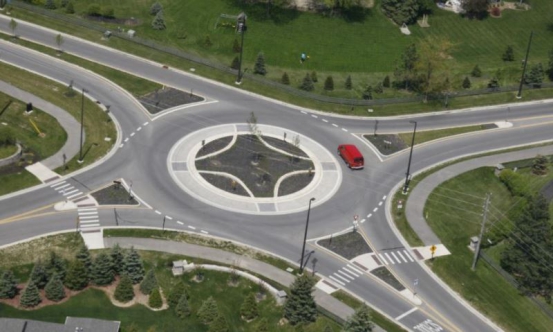×
The Standard e-Paper
Kenya's Bold Newspaper

If there is development that benefits society without discrimination, it is investment in infrastructure. A proper road network creates a stimulating effect that not only creates wealth, but also enhances social cohesion and integration. There is a strong correlation between a country's economic development and the quality of its road network.